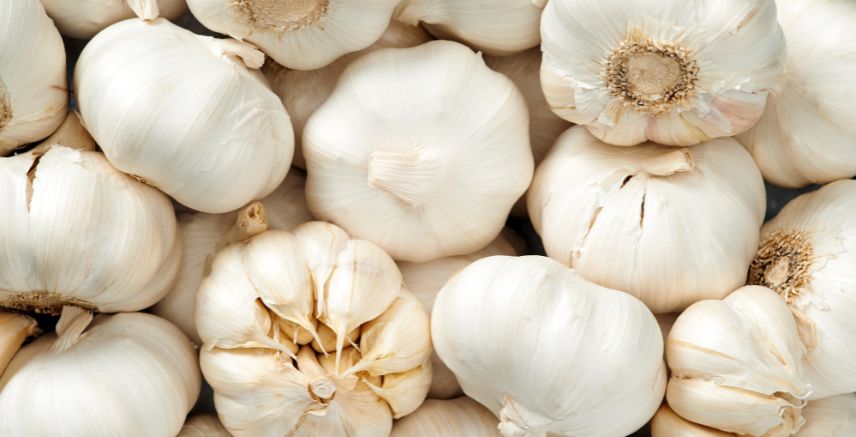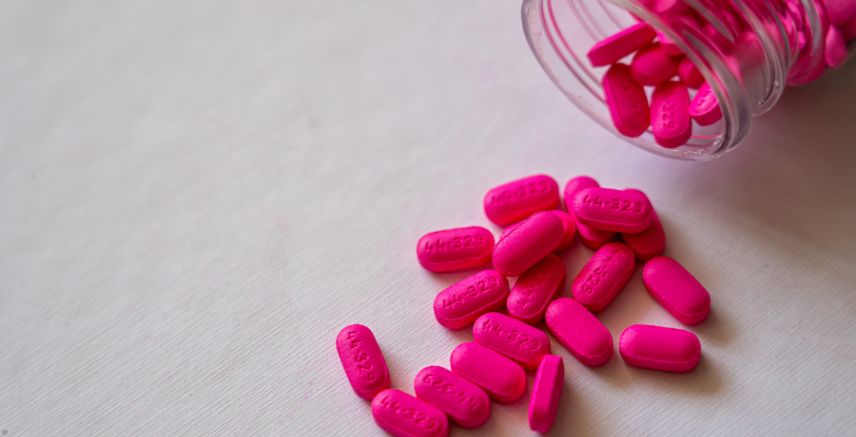Adopt a Healthy, Balanced Diet
Certain foods can affect how your blood clots or how well your medications work. Blood clots can be dangerous. They block blood flow to important parts of your body, like your heart or lungs. If you have a blood clot or are at risk for one, here are some foods you should avoid.
Foods to Avoid with Blood Clots
1. Leafy Green Vegetables
Leafy greens like spinach, kale and broccoli are healthy, but they are high in vitamin K. This vitamin helps your blood clot, which can be a problem if you're taking blood thinners like warfarin. These medications are meant to prevent clots, and eating too much vitamin K can make them less effective. If you’re on blood thinners, talk to your doctor about how much vitamin K you can safely eat.
2. Cranberries
Cranberries, especially in juice form, can affect how blood thinners work. Some studies suggest that cranberry juice can make blood thinners too strong, leading to bleeding problems. It’s best to avoid large amounts of cranberry juice if you’re taking blood-thinning medication, just to be safe.
3. Garlic
Garlic is known for its many health benefits, but it can also thin your blood. If you're on blood-thinning medication, eating too much garlic could make it harder for your blood to clot properly. This could lead to more bleeding. It’s best to eat garlic in moderation and let your doctor know if you consume a lot of it.
4. Ginger
Like garlic, ginger can thin your blood. While ginger has anti-inflammatory properties, it can be risky if you are on blood thinners or have a history of blood clots. Too much ginger could make you bleed more easily. If you enjoy ginger tea or use ginger in cooking, be cautious and discuss it with your healthcare provider.
5. Green Tea
Green tea is full of antioxidants, but it also contains vitamin K. If you drink a lot of green tea while on blood thinners, it could interfere with the medication. To avoid this, limit your intake or ask your doctor if green tea is safe for you.
6. Alcohol
Alcohol can thin your blood and interfere with medications like blood thinners. Drinking too much alcohol can increase your risk of bleeding if you're on medication for blood clots. It’s best to limit your alcohol intake or avoid it altogether if you have a history of blood clots.
7. Soy Products
Soy contains vitamin K, which can make your blood clot more easily. If you eat a lot of soy products like tofu, soy milk or edamame, it could affect how well your blood-thinning medications work. Be mindful of how much soy you eat and talk to your doctor about any possible risks.
8. Licorice
Licorice, especially in large amounts, can affect your blood pressure and blood clotting. If you're on medication for blood clots, licorice could interfere with the medicine and cause problems with your blood clotting. It’s best to avoid licorice if you’re concerned about blood clots.
9. Canned and Processed Foods
Canned and processed foods often contain high levels of sodium. Too much sodium can raise your blood pressure, increasing your risk of developing more clots. Instead, go for fresh or low-sodium options whenever possible to keep your blood pressure in check.
10. Saturated and Trans Fats
Foods high in saturated and trans fats, like fried foods and baked goods, can increase inflammation and make blood clots more likely. These unhealthy fats can also raise your cholesterol levels, which puts more strain on your blood vessels. Limiting your intake of fatty foods can help prevent further clot formation.
Treatments for Blood Clots
If you have a blood clot or are at risk for one, treatment is important to prevent complications. Here are some common treatments your doctor may recommend:
- Blood thinners. Medications like warfarin, heparin or newer blood thinners help prevent your blood from clotting too much. They don’t break up existing clots but keep them from getting bigger. They also reduce your risk of forming new clots.
- Compression stockings. These special stockings can help improve blood flow in your legs and reduce swelling. They are often recommended if you have a clot in your leg (deep vein thrombosis) to prevent complications.
- Thrombolytics. In more serious cases, your doctor may use clot-busting drugs called thrombolytics. These medications help dissolve clots quickly and are used in emergencies, like when a clot travels to your lungs.
- Surgery. In rare cases, surgery may be needed to remove a blood clot, especially if it’s blocking a major blood vessel. This is usually a last resort if other treatments don’t work.
- Lifestyle changes. To prevent new clots, doctors often recommend regular exercise, maintaining a healthy weight and avoiding long periods of sitting. Staying hydrated is also important, as dehydration can make blood clots more likely.
By avoiding certain foods and following your treatment plan, you can lower your risk of developing blood clots and manage any existing ones. Always talk to your doctor about your diet and treatment options to stay on the right track.

